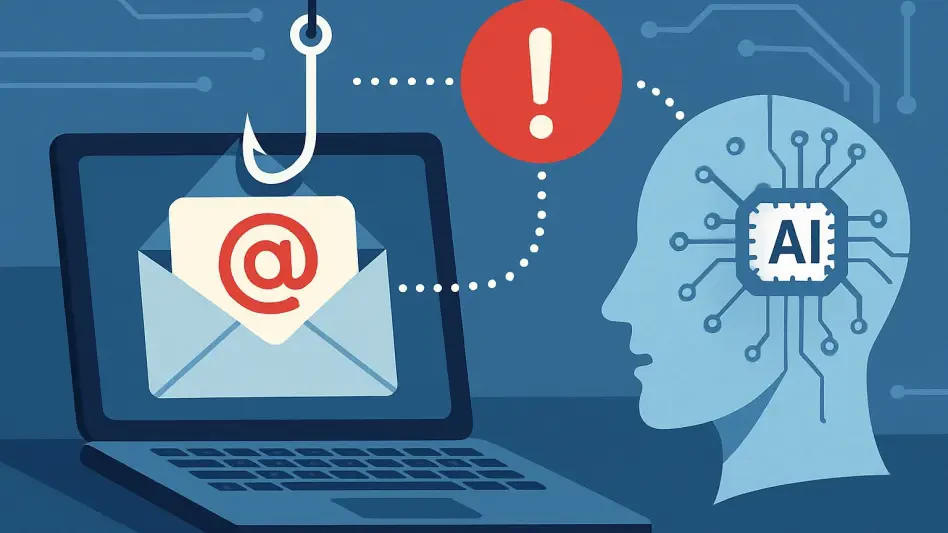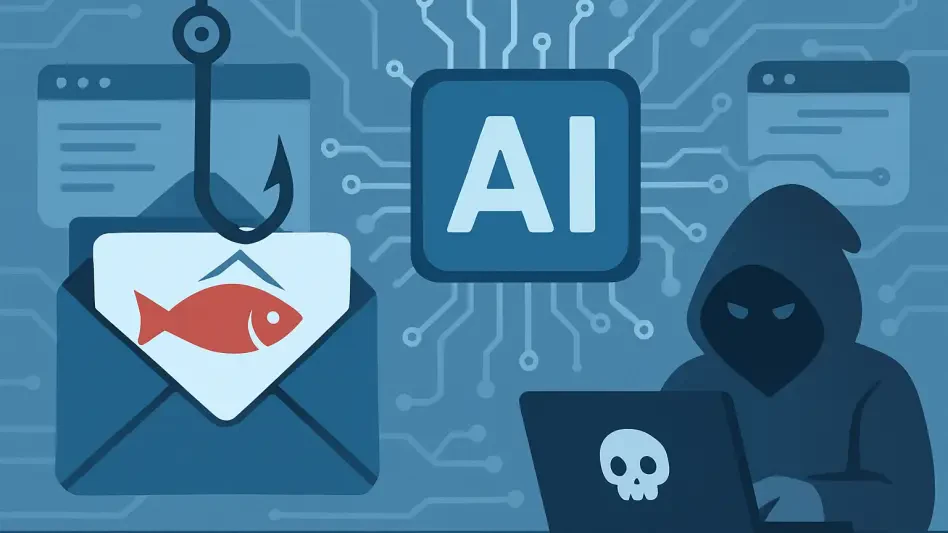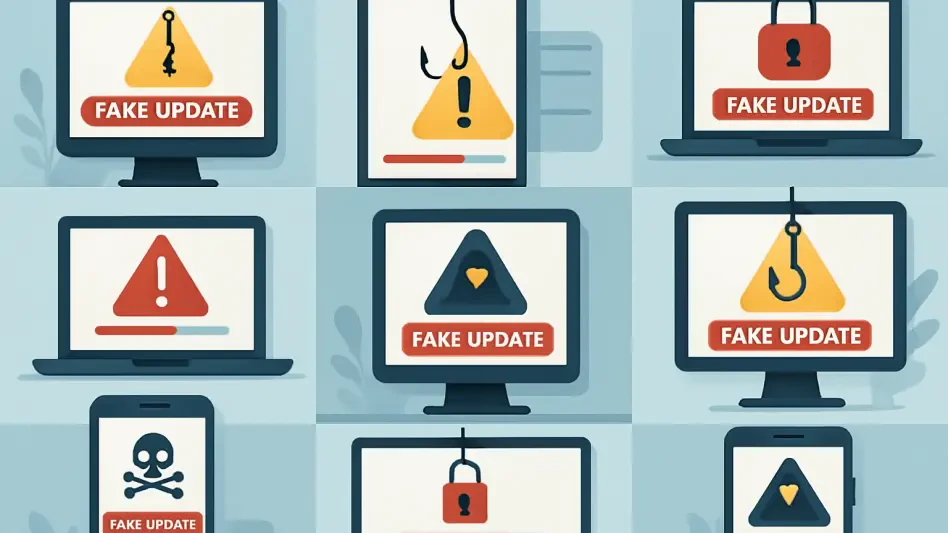It’s becoming increasingly clear that traditional methods for detecting phishing attacks are struggling to keep up with the sophistication of new tactics. One recent example that has caught the attention of cybersecurity experts is a cunning phishing attack targeting PayPal users. This attack leverages a legitimate feature of PayPal’s system, making it particularly challenging for conventional anti-phishing tools to detect. Unlike typical phishing attempts that rely on poorly disguised URLs and questionable email addresses, this new threat uses a valid PayPal email and URL, tricking many users into believing they are engaging with genuine communications from PayPal.
The Evolution of Phishing T tactics
The attackers use a method that sends a PayPal money request to their targets, exploiting a legitimate PayPal feature to make their attempts appear authentic. The email, which includes a valid PayPal URL, makes it especially difficult for recipients to recognize the threat. What adds to the complexity is that the “to” address field often ties back to a free Microsoft 365 test domain. This clever manipulation creates a sense of legitimacy, often fooling even the savviest users. The problem extends to mailbox providers as well, which struggle to distinguish these sophisticated phishing emails from genuine ones because they appear to come from a verified source.
Carl Windsor, Fortiguard’s Chief Information Security Officer, has highlighted this evolving threat on the Fortiguard Labs Threat Research blog. Windsor stressed that traditional phishing detection strategies are becoming less effective against attacks that employ verified sources and legitimate features. This is particularly concerning because it signals a shift in how attackers operate, moving away from crude and easily detectable methods and toward more complex strategies that better exploit system weaknesses.
Challenges in Detecting Sophisticated Phishing Attacks
The sophistication of this phishing threat underscores the necessity for increased awareness and caution among users when dealing with unsolicited emails, even those that appear to come from legitimate sources. Elad Luz from Oasis Security has noted that the exploitation of authentic features in this manner creates significant challenges for conventional email security measures. These measures, which largely depend on identifying suspicious elements, are less capable of flagging emails that utilize legitimate URLs and formats. As a result, phishing detection tools are often rendered ineffective, and the line between real and fake becomes dangerously blurred.
Users are not the only ones who need to be more vigilant; service providers like PayPal need to step up their efforts to mitigate these vulnerabilities. This may involve revisiting current security protocols and finding ways to notify users of potential threats more effectively. Luz emphasizes the need for a more proactive approach from service providers to address these advanced phishing schemes, as they can do more than rely solely on end-user vigilance.
The Role of User Education and Vendor Intervention
Given the increasing sophistication of phishing attacks, user education has never been more critical. The concept of forming a “Human Firewall” is gaining traction as experts stress the importance of users recognizing and responding to potential threats. Education programs focusing on how to scrutinize even the most authentic-looking emails can provide a first line of defense. This includes teaching people to always double-check the details in email communications and to be skeptical of unsolicited requests, even if they appear to come from trusted sources.
Vendor intervention is equally crucial in the ongoing battle against phishing. PayPal and similar service providers must explore ways to enhance their security features and better protect their users. This could mean implementing additional verification steps or redesigning their notification systems to make it easier for users to identify potential threats. The security landscape is constantly evolving, and both users and vendors need to stay ahead of these changes to effectively combat such threats.
Looking Forward: Solutions and Next Steps
It’s becoming increasingly apparent that traditional methods for spotting phishing attacks are struggling to keep pace with the advanced techniques used by cybercriminals. A recent phishing scam targeting PayPal users has caught the eye of cybersecurity experts due to its sophistication. This deceptive attack exploits a legitimate feature of PayPal’s system, making it particularly difficult for standard anti-phishing tools to identify. Unlike typical phishing scams that use poorly disguised URLs and suspicious email addresses, this new threat employs an authentic PayPal email and URL. This clever tactic convinces many users that they are interacting with genuine messages from PayPal. As phishing schemes become more sophisticated, it’s clear that both users and cybersecurity technologies need to adapt to these emerging threats. Recognizing and understanding these evolving tactics can play a crucial role in enhancing security measures to protect sensitive information and financial assets.







